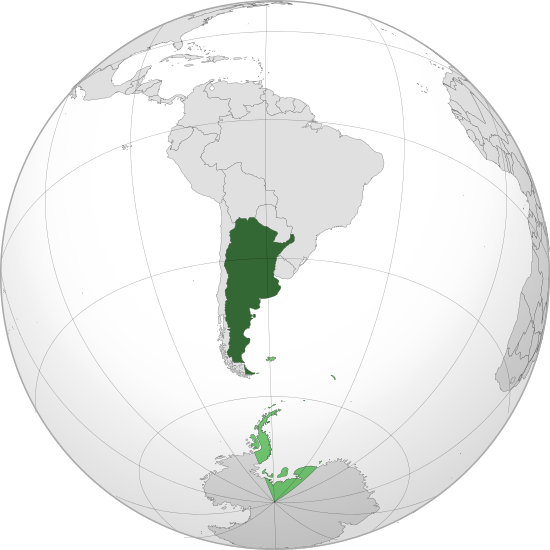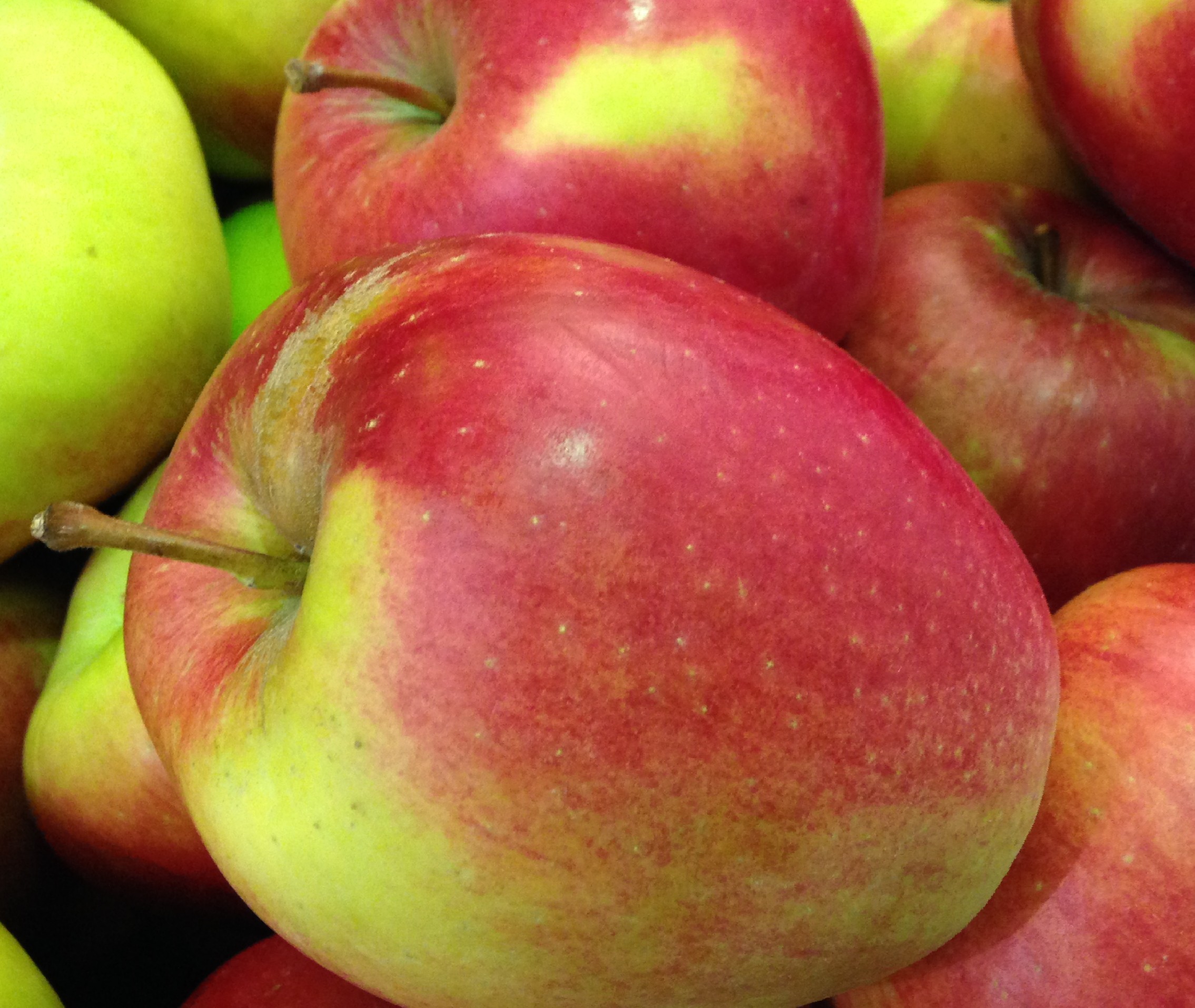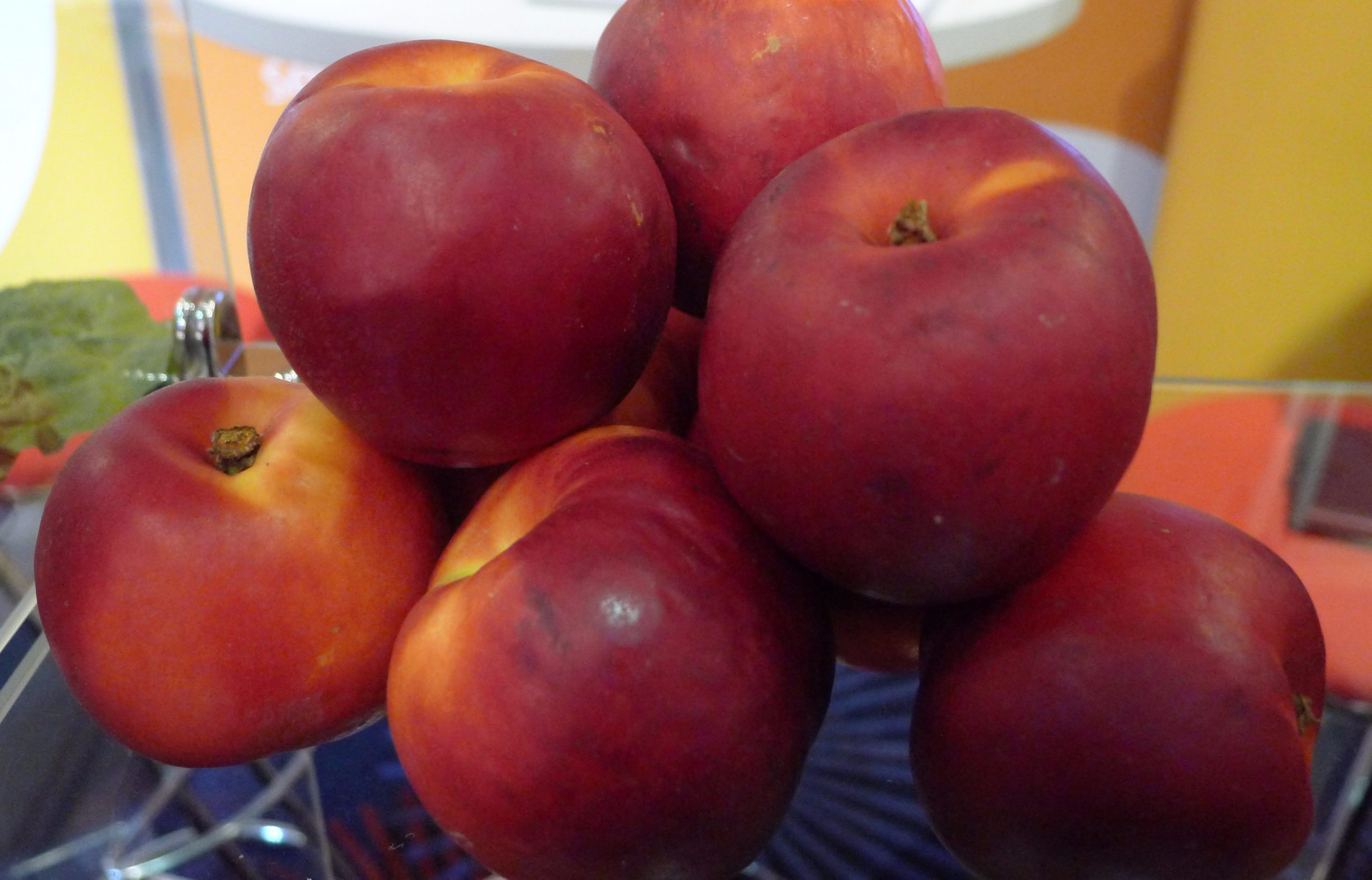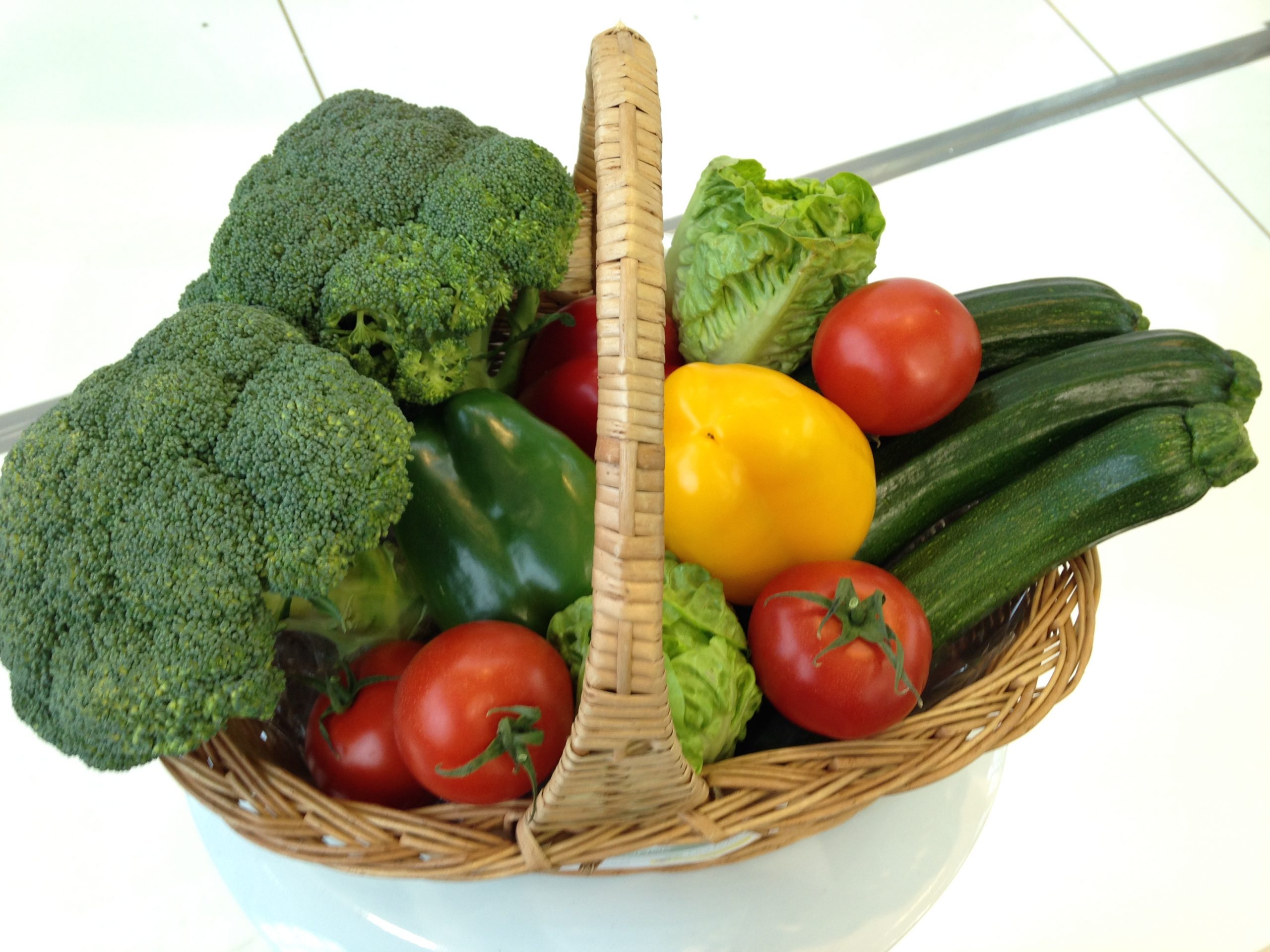
Argentina’s fresh apple production is likely to rebound to 720,000 tons and pears to 650,000 tons next year, thanks to favourable weather conditions.
But even so, that’s down on the ‘normal’ levels of about 900,000 and 850,000 tons respectively due to decreased planted area as a result of the economic crisis Argentine producers have faced in the past 7-8 years, says a USDA Global Agricultural Information Network (GAIN) report.
The country’s apple and pear exports are forecast to increase to 130,000 tons and 310,000 tons, respectively, due to production increases and less fruit supplies in the Northern Hemisphere, and domestic consumption is expected to rise, also as a result of production increase, the report says.

Meanwhile, due to decreased planted area, table grape production is set to fall 10% to 100,000 tons, exports to drop slightly to 20,000 tons and domestic consumption to fall as a result of the lower production.
Distribution channels
GAIN says that the Argentine domestic fruit market is highly concentrated in Buenos Aires City and its suburbs, where over one third of the country’s total population lives, though the country’s government has been trying to decentralise it through the creation of a few fruit distribution markets in the interior of the country.
There are three channels for the distribution of fresh fruit:
- large exporters from Alto Valle, who use the domestic market as a secondary outlet for their products and have hyper and supermarkets as their main customers
- medium-sized firms handling smaller volumes and focused on quality
- small companies handling small volumes that are distributed to pre-established points of sale in larger cities.
Challenges for Argentina’s fruit sector
GAIN said Argentina needs to improve the quality of its fruit, in order to meet the requirements of demanding export markets, and develop new apple and pear varieties. “Among the bicolor apples, only some Gala and Braeburn clones have succeeded in Argentina. Others, like Fuji, Jonagold and Elstar, did not adapt well to local conditions. Among yellow apples, Golden Delicious is the classic variety. Although it adapted well to Argentina’s production conditions, this variety has lost popularity due to marketing problems. Among the red varieties, Red Delicious is the most widespread variety. Since it is sterile, it must be crossed with other varieties such as Gala, Fuji, Elstar, Golden Delicious, Granny Smith, Jonathan and Ozarkgold.
“In Argentina, many Red Delicious clones, such as Starkrimson, Red Chief, Hi Early, Top Red Delicious, Oregon Spur, or Red King Oregon and Cooper 8, have been adopted. The second most important apple variety is Granny Smith. During the past few years, a shift towards the Royal Gala variety (bicolor) has occurred as international markets are demanding fewer red varieties.
“Among the most popular pear varieties, William’s accounts for about 45% of the Argentine total pear production, followed by Packham’s Triumph with a 30% share. Other varieties are Beurre D’Anjou, Red Bartlett, Abate Fetel, Beurre Bosc, Beurre Giffard, Clapps Favourite, and Red Beurre D’Anjou,” GAIN said.
Image: “Argentina orthographic” by Addicted04 – Own work with Natural Earth DataThis vector image was created with Inkscape.. Licensed under CC BY 3.0 via Commons





